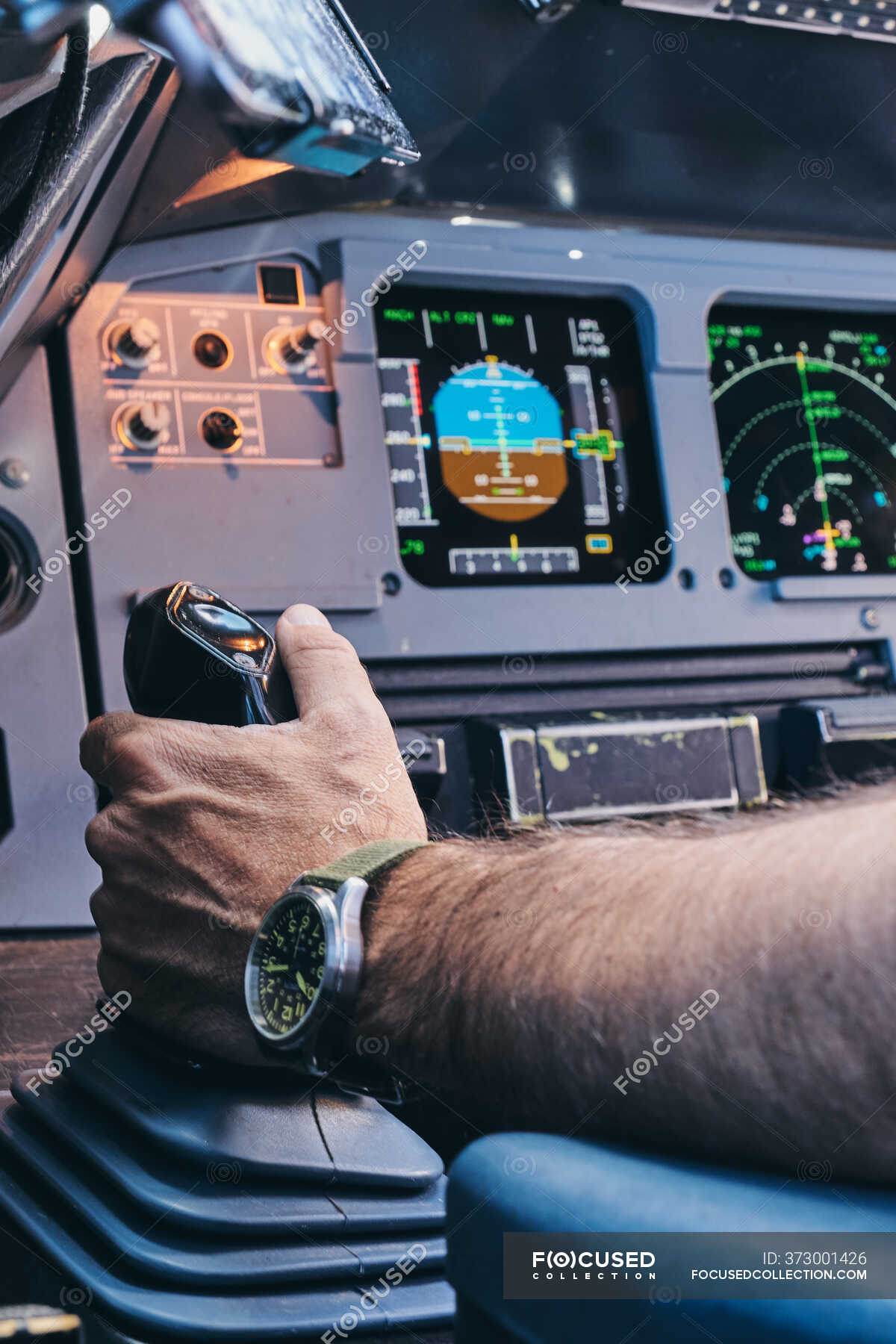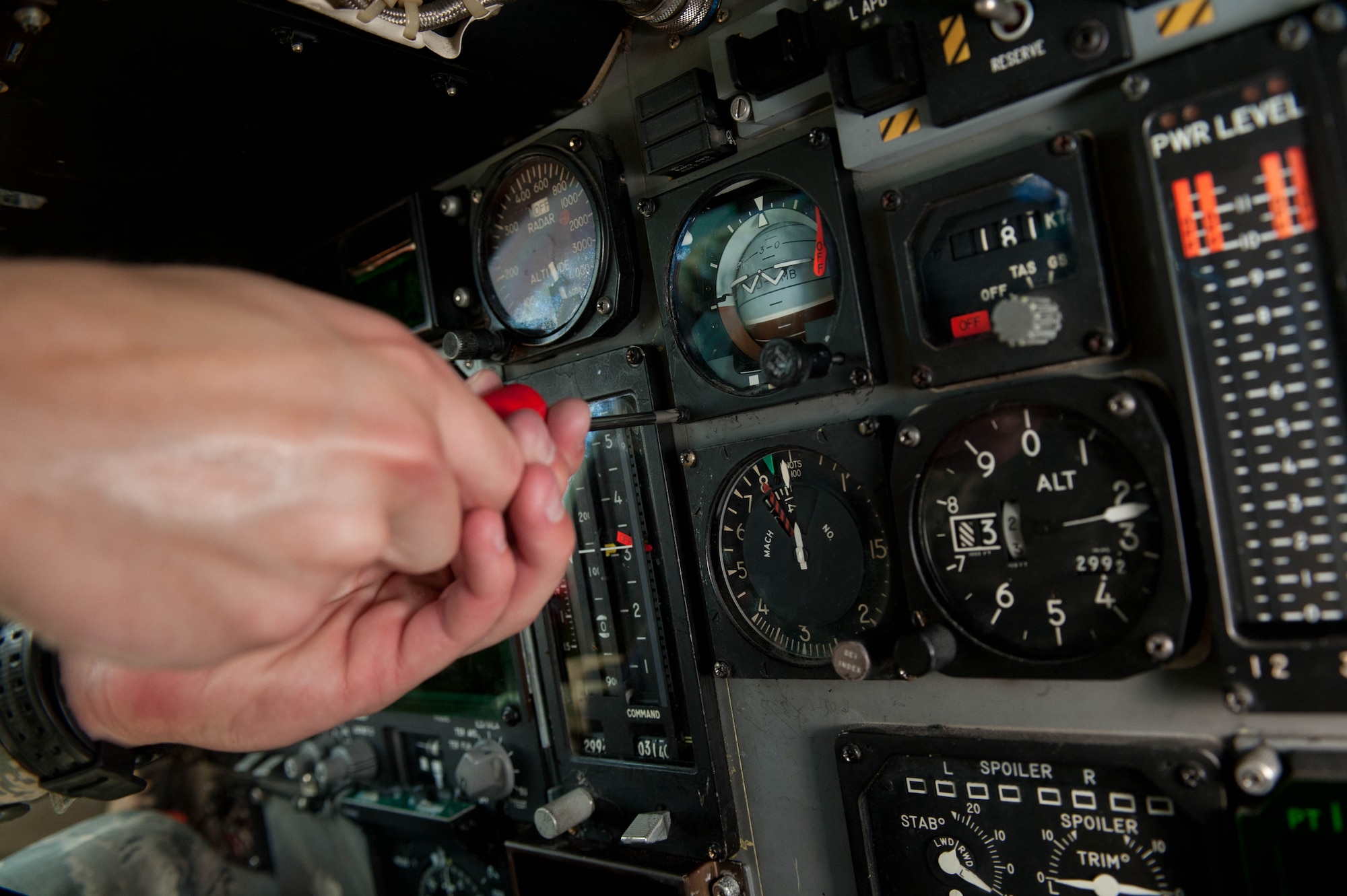Aircraft Carrier Catapult Vs Ramp - STOBAR ("short takeoff but recovery recovery" or "short take-off, barrier-arrested recovery") is a system used to launch and recover aircraft from the deck of an aircraft carrier, which includes "short takeoff" elements. and “catapult-assisted take-off but arrest recovery” (CATOBAR) with vertical landing” (STOVL).
The aircraft are launched under their own power using a ski jump to aid take-off (rather than using a catapult). However, aircraft unlike STOVL aircraft are conventional and therefore require an arrester wire to land on a ship. STOBAR system is easier to build than CATOBAR. By 2018
Aircraft Carrier Catapult Vs Ramp
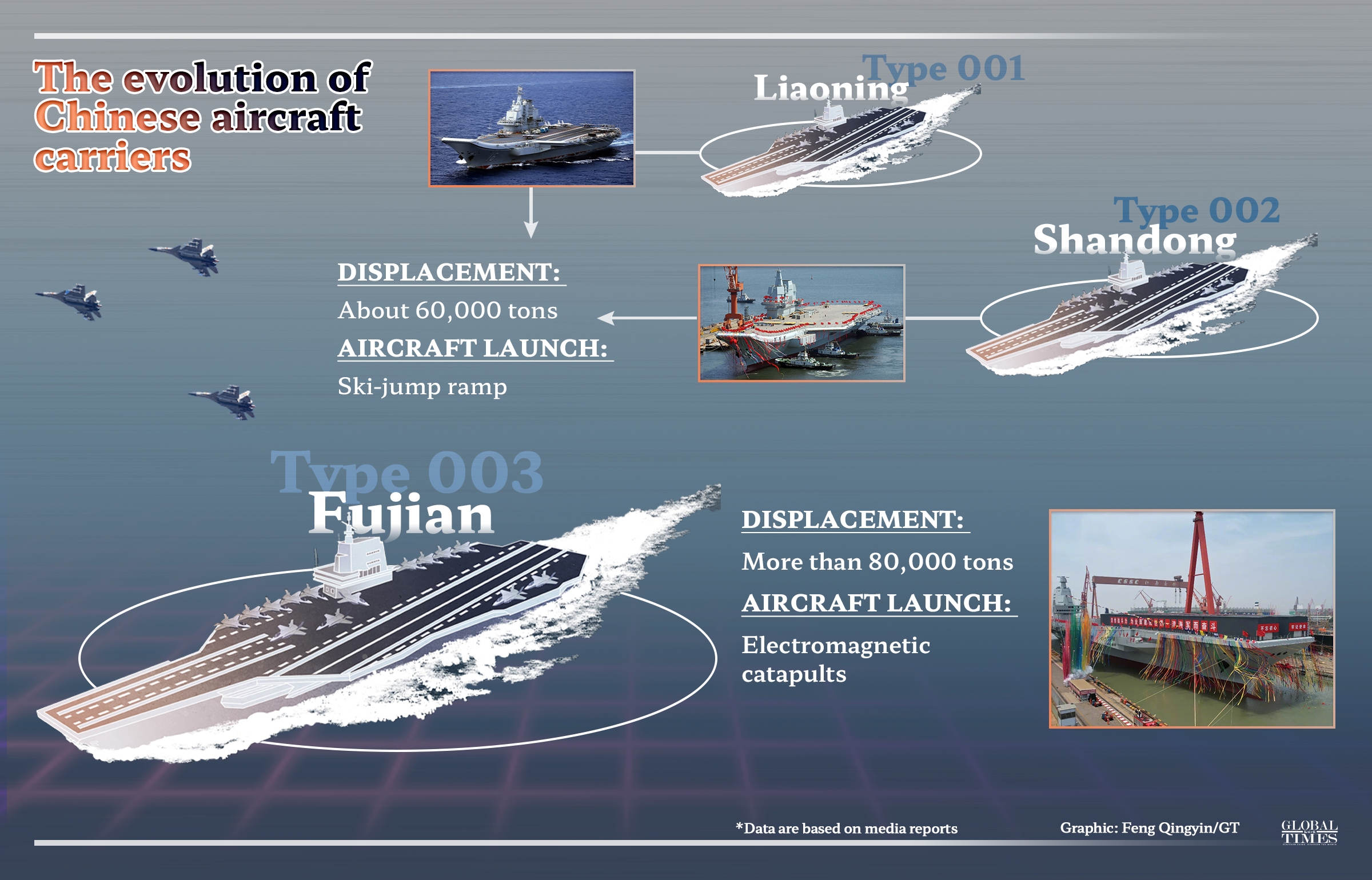
Compared to CATOBAR, STOBAR is less expensive to develop. It is easier to operate than the CATOBAR configuration, which requires a large number of operators to launch the aircraft. The lack of moving parts in ski jumping makes the launch system less expensive to maintain.
Battle For Indian Navy Fighter Deal Enters New Phase; Boeing F/a 18 Fighters To Arrive
Unlike the catapult, which requires external power from a steam catapult, it does not require an additional system to generate the power needed to launch the aircraft.
A major limitation of the STOBAR configuration is that it only works with fighters with a high thrust-to-weight ratio, such as the Su-33 or MiG-29K, and thus limits the type of aircraft that can be operated from the carrier. It is not known
Ski-jump takeoff refers to any restrictions on maximum aircraft weight. According to some sources, the aircraft is expected to limit its weapons and fuel package to reduce the aircraft's launch weight to become airborne.
The Super Hornet takes off from a ski jump with a significant weapons load. The use of ski jumping may limit the ability to make rapid sorties on a STOBAR aircraft carrier.
Reminder That Russia's Only Aircraft Carrier Needs A Fucking Ramp
STOBAR carriers must maintain a speed of 20–30 kn (37–56 km/h) to achieve the required wind speed on deck, which is necessary to conduct flight launch operations.
As of January 2023, three countries currently operate STOBAR-type carriers; Russia and China are the only countries that have built a STOBAR ship for operation, while both India and China have purchased Russian-built STOBAR ships and converted them for their own use. India is in the process of putting its first indigenous aircraft carrier on extensive sea trials. StockExchange is a question and answer site for airplane pilots, mechanics and enthusiasts. It only takes a minute to sign up.
A Russian aircraft carrier Admiral Kuznetsov has an interesting feature: the edge of the runway is raised, which "pushes" the plane into the air during takeoff. Looking at the takeoff videos, the curved edge looks very natural.
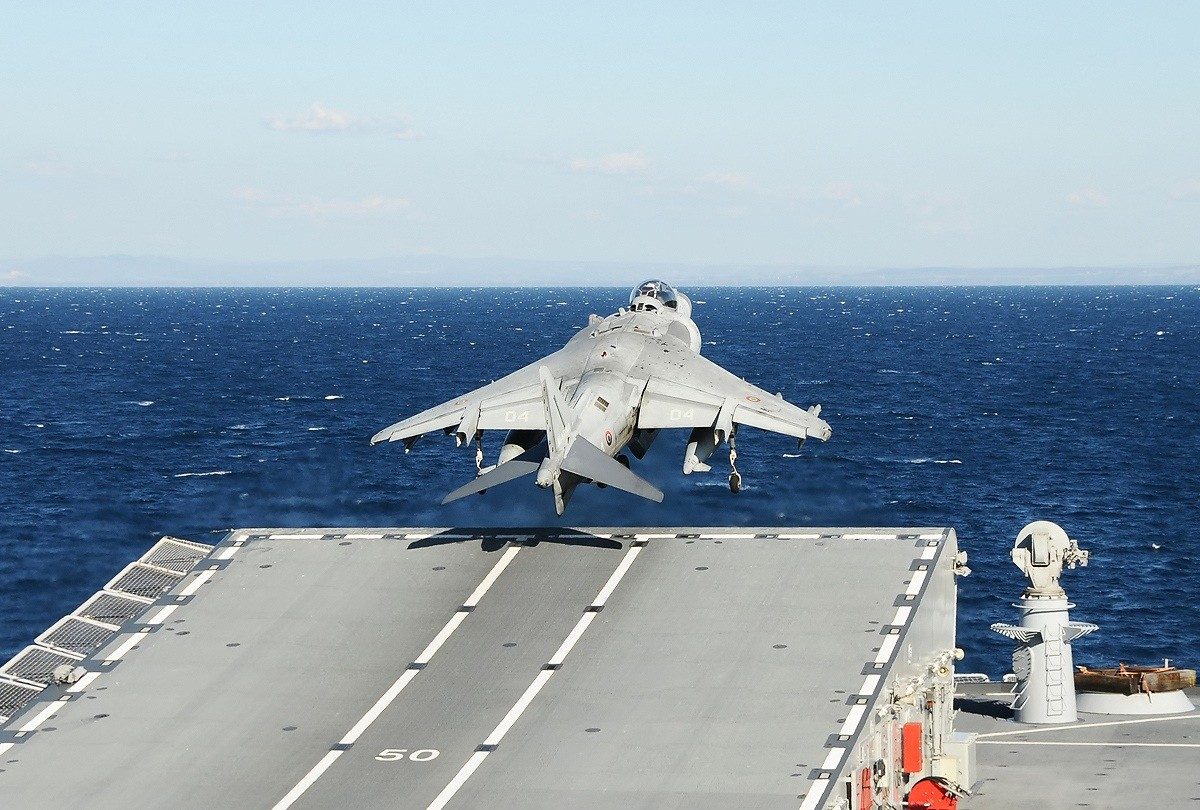
I think all US aircraft carriers have a completely flat deck like the USS Abraham Lincoln:
What Does China's New Aircraft Carrier Say About Its Technology And Strategy
Because the method of launching aircraft in these carriers is completely different. Ski-jump carriers, initially designed for RN Harriers (as already explained by @Simon), require the aircraft to take off under its own power.
On the other hand, their flights are launched from large flat-decked aircraft carriers via catapults (with one notable exception), which basically throw the aircraft off the deck. Although this system is heavy, expensive and complex, it brings significant benefits to the table:
With its four catapults, an American carrier can shoot down an aircraft every 15 seconds. Kuznetsov has only three runways. Moreover, the two bow tracks were not intended for fully loaded aircraft! They could only take off the Kuznetsov from one track starting far aft from the center ship, ie. One aircraft has to handle almost the entire flight deck! Compared to a catapult, the take-off rate of a ski ramp is at least two times lower.
As an exception, the USN operates carriers without ski jumps, but doesn't call them that - they're called amphibious combat ships and only operate VTOL aircraft like the F-35 Lightning II and V-22 Osprey.
Constraints Of Vikramaditya, Vikrant Make 3rd Carrier Vital: Ex Iaf Officer
The ramp design can be referred to as STOBAR (Short Take-off But Arrested Recovery) and is a very simple design to implement. However, complexity is pushed into the plane. As there is no catapult assistance, it is very difficult for the aircraft to take off from the given ramp at the end. This limits the types of aircraft that can be launched, typically fighter jets that already have high thrust-to-weight ratios or aircraft specifically designed for short take-off capabilities. Takeoff weight may be limited. An aircraft must still have an arresting hook for landing.
The catapult system can be referred to as Catobar (Catapult Assisted Take-off but Arrested Recovery) and it enables the launch of a very large range of aircraft. For example, CATOBAR carriers can launch larger aircraft such as the C-2 or E-2. These aircraft cannot take off from a carrier without catapult assistance and provide carrier resupply or AWACS capability. Fighter jets that can take off unaided can also be launched with a larger payload. However, this ability came at a cost. The aircraft should have reinforced landing gear to withstand catapult launches. The carrier is also made more complex, placing additional demand on the boiler or generator to provide the large amounts of steam or electricity needed to launch the aircraft. Modern US carriers are powered by nuclear power, which provides the energy needed for this system.
There are also practical considerations in aircraft carrier design. The ramp deck can be removed to park aircraft from available deck space. You can find many photos of CATOBAR carriers with aircraft parked in the bow area, which is difficult on a STOBAR carrier. A sloping deck on modern carriers still allows for the launch and recovery of aircraft on a CATOBAR carrier where the bow area is occupied. The ramp also reduces forward visibility for changing the carrier. On a CATOBAR carrier the flight deck must be designed to accommodate catapults, while on a STOBAR carrier only blast arresters need to be integrated into the deck.
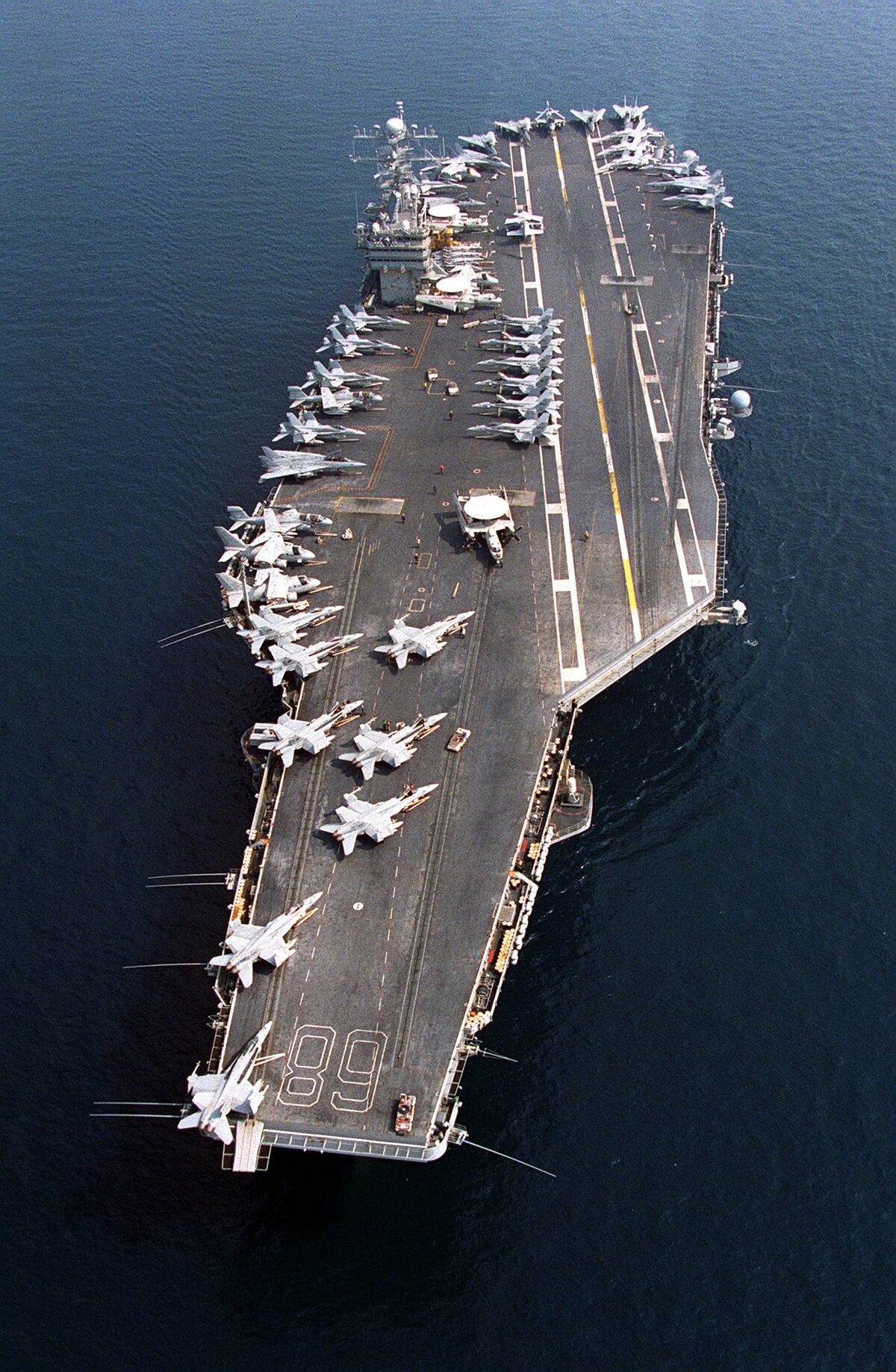
Think of the ramp as free lift with no maximum lift coefficient, so you can't stand still while using it and there's no induced drag.
Mod Confirm Aircraft Carriers May Be Fitted With Catapults
A very active question. Earn 10 reputation (including association bonus) for answering this question. Reputation is essential in protecting this question from spam and non-response activity.
By clicking "Accept All Cookies", you agree that Stock Exchange may store cookies on your device and disclose information in accordance with our Cookie Policy. A Royal Navy Sea Harrier taking off from a ski jump on the deck of HMS Invincible in May 1990.
In aviation, a ski jump is an upward-curving ramp that allows an aircraft to take off from a runway that is shorter than the aircraft's required take-off roll. By forcing the aircraft up, lift can be achieved at an airspeed lower than that required for sustained flight, while allowing the aircraft to accelerate in the air rather than on the runway. Ski jumps are typically used to launch aircraft from aircraft carriers that do not have catapults.
The first use of a ski jump is believed to have been in World War II, where a makeshift ramp was attached to HMS Furious to help Heavy Boy Fairy Barracudas take off on an attack mission against the German battleship Tirpitz. During the Cold War, the concept was studied to reduce the length of the flight deck required for future aircraft carriers, as well as to facilitate increasingly heavy aircraft at sea. The Royal Navy took a particular interest in the ski jump in the 1970s and conducted a series of trials with the newly developed Hawker Sidley Harrier VSTOL fighter before deciding to include the feature on their next-generation aircraft carrier, the Invincible. -class , to unite. .
Graphics Show Differences In Carriers
Proving its operational value, several naval services have adopted the ski jump for their own aircraft carriers and amphibious assault platforms, but land-based uses have also been explored. Ski jumping can be used in two different procedures, i.e. short take-off but arrested recovery (STOBAR) and short take-off, vertical landing plane (STOVL); This relates to the operation of conventional and VSTOL aircraft respectively. Catapult-equipped aircraft carriers have become a minority in the twenty-first century, due to the reduced cost and complexity of ski jumping operations.
HTMS Chakri Narubet, a small Spanish-built Thai carrier with a ski jumping deck in the South China Sea in April 2001.
A fixed-wing aircraft must increase forward speed during a long takeoff roll. As forward speed increases, the wings produce greater amounts of lift. At high speeds, the lift exceeds the weight of the aircraft and the aircraft is capable of continuous flight. Since the plane must reach airspeed using only its own engines for power, a long runway is necessary to increase the plane's speed. On an aircraft carrier, the flight deck is so small that most aircraft do not reach flight speed until they reach d of the deck. Since the lift is less than gravity, the aircraft will lose altitude after the wheels leave the flight deck and possibly fall into the ocean.

A ski-jump ramp on d of the flight deck angles the aircraft slightly upward, changing some of the aircraft's forward motion.
Aircraft Carrier Hi Res Stock Photography And Images
Aircraft carrier catapult, catapult on aircraft carrier, aircraft carrier electromagnetic catapult, aircraft carrier ramp, steam catapult aircraft carrier, battleship vs aircraft carrier, amphibious assault ship vs aircraft carrier, catapult launch aircraft carrier, aircraft carrier catapult video, aircraft carrier catapult car, aircraft carrier catapult speed, aircraft carrier catapult test



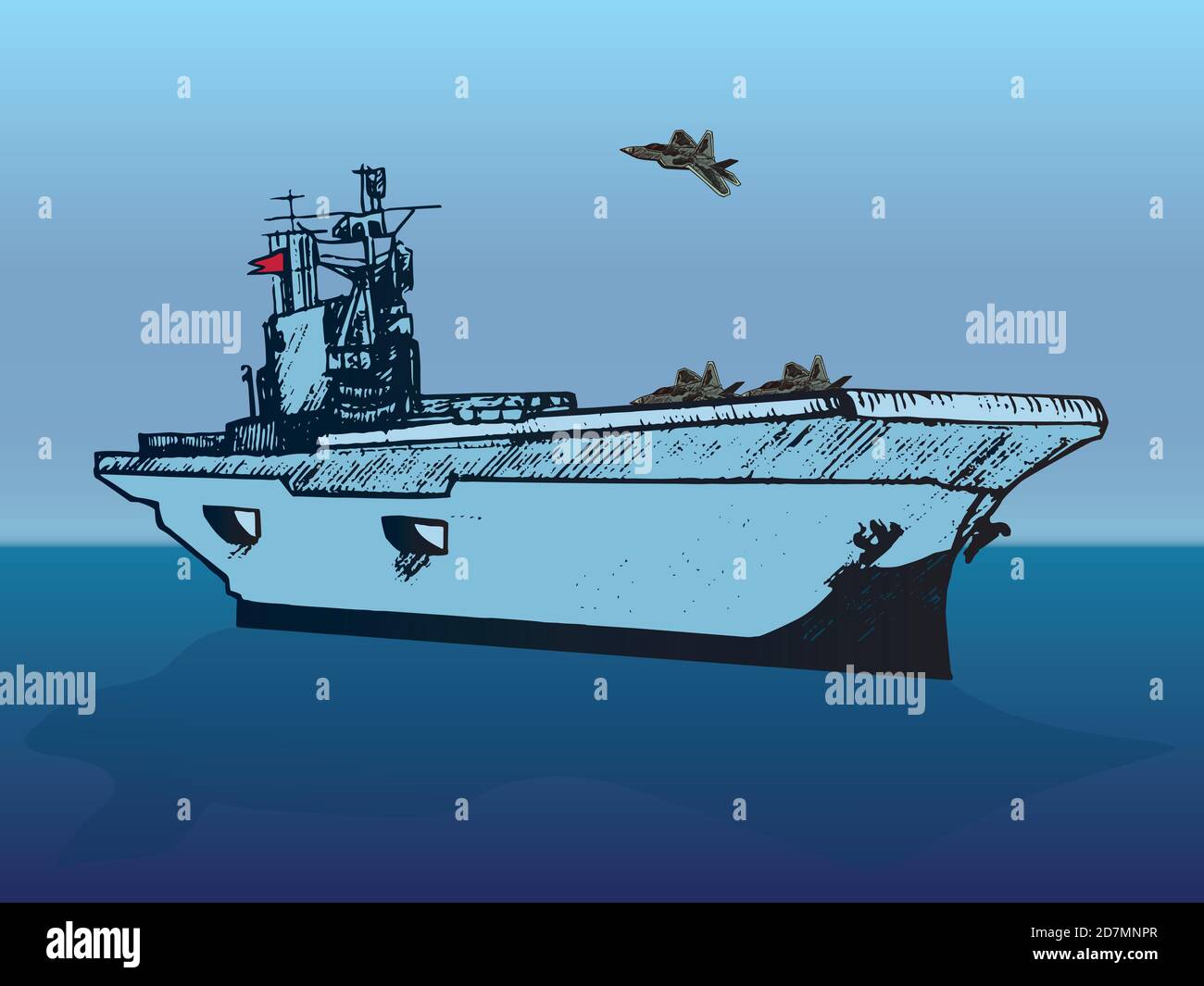

 Nonstop Navy Coloring Pages at
Nonstop Navy Coloring Pages at 







